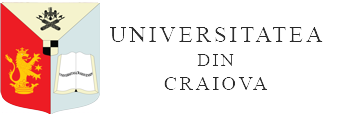THE INFLUENCE OF GROUNDWATER QUALITY ON THE PRODUCTION OF SUMMER AND AUTUMN CABBAGE VARIETIES CULTIVATED IN THE TĂMĂȘEȘTI-BĂLEȘTI AREA, GORJ COUNTY
DOI:
https://doi.org/10.52846/aamc.v54i2.1632Abstract
Groundwater is an important resource of the planet, which is why reliable solutions have been constantly sought in order to preserve the state of quality, this category of natural resources being generally undervalued or less studied, due to the complexity of the formation and conservation process.
In the situation where, at international level, groundwater is used in a percentage of 20% to irrigate crops, the problem arises of the rational use of water for irrigation in order to reduce water consumption by establishing and expanding economic irrigation technologies in irrigated crops. The use of groundwater to irrigate crops requires, as with surface water, the observance of certain threshold values for certain quality indicators that in large quantities become harmful to plants or accumulate in them and become toxic to humans and animals (FOSTER and HARATA, 1998).
The main objective of this study is to quantify the effect exerted by the use of groundwater on the production and quality of cabbage culture irrigated by two methods (furrow and drip), in Bălești locality (vulnerable area to nitrate pollution), Gorj county.
Keywords: vulnerable area, anthropogenic factor, Directive 2006/118/EC for the protection of groundwater, sensitive area, threshold values.


